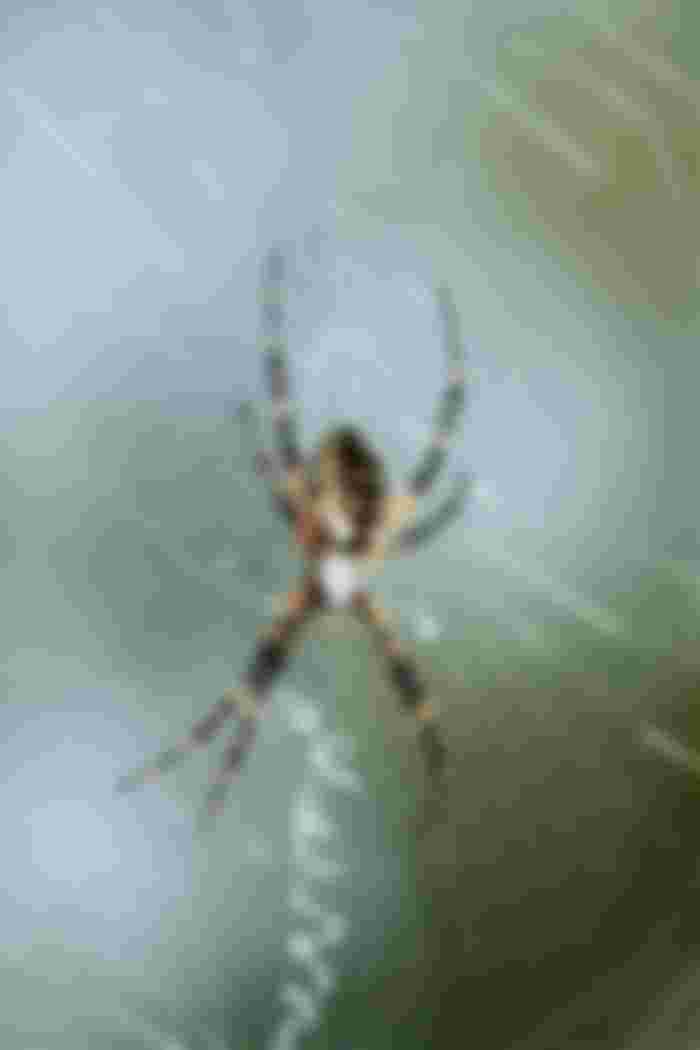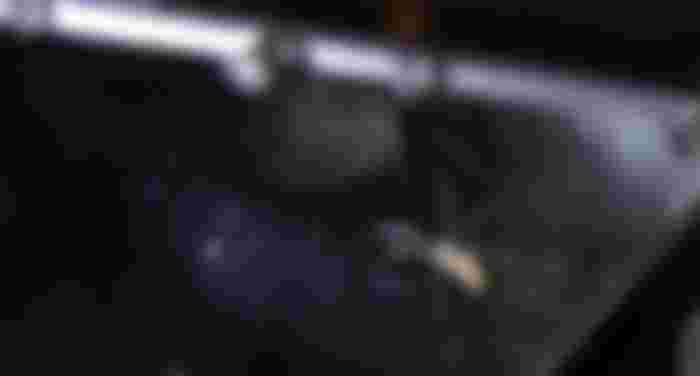As species, we have been able to travel through space for a long time. So we sent more than people there. Especially sent a lot of strange things like animals. Many animals have been sent into space, including monkeys, dogs, mice, lizards, and fish. NASA also sent Nephila clavipes to space, a golden orb weaver spider. And all participants, from astronauts to students, called them different things: arachnidnauts, spidernauts, and even astro-nids.
What is the point? Researchers wanted to know what happened to spiders and their ability to weave spider webs with microgravity. We humans have an infinite interest in everything, and scientists love to measure reactions and stimulate and propel them to better understand themselves and the vast universe. In November 2008 and May 2011, the spider was launched into space on Endeavor, and scientists on Earth learned a lot of interesting things from an eight-legged astronaut.
5. Spiders In Space Went Viral On Social Media :

On April 28 and 29, 2011, during the launch of the Endeavor, thousands of people on Twitter kept a close eye on the @NASAKennedy Twitter account, commented on the launch, the weather, and the spiders in particular. The critters even had their own Twitter account: @space_spider.
Even the astronauts felt a little upstaged by the spiders, who were more popular than them for a time. The event led to them switching from using the hashtag #NASATweetup to eventually creating the @NASATweetup Twitter account some time later.
4. NASA Basically Asked 130,000+ Kids To Study One Of Nature’s Most Efficient Killers :

Kids were asked to hold a Nephila clavipes throughout the classroom, observe the differences between the Nephila clavipes in space and at home, and serve as the "control" part of the experiment (you can check the lesson plans on BioEd online).
Weaver Orb is an arachnid that tweets online every day to maximize its ability to catch prey. The smartest brain on earth said: These kids had the opportunity to study all sorts of classroom science from astronauts, and they were also able to observe how their killer pets get rid of dozens of insects at once.
3. Even Their Prey Was Studied Intently :
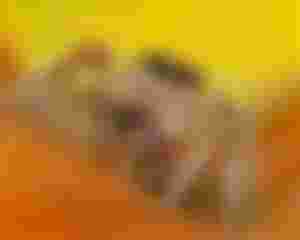
To feed the spiders, NASA also brought Drosophila melanogaster - common fruit flies - on the mission. These flies weren't just food for the arachnidnauts - the scientists also wanted to see how microgravity would affect the flies' flight patterns. One can only imagine them flying around in a rather disoriented manner.
Just like the spiders, students studied them in classrooms. Extra fun fact: the first animals in space were fruit flies, way back in 1947.
2. They’re Supernaturally Fast At Catching Prey In Space :
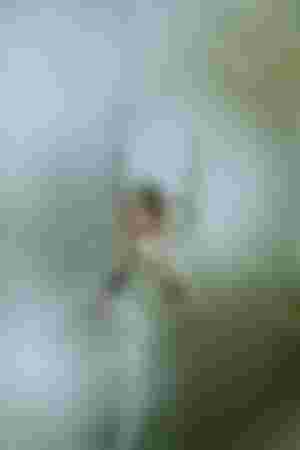
Spiders weaving webs usually look down while waiting for prey in their nets. Because gravity makes it much faster when it catches the insects beneath it. However, in the absence of gravity, attacks on prey in any direction occurred in no time.
Of course, the downward attack is also scary. Watch Thelma catch prey near her eyes.
1. The Spiders Quickly Adapted To Microgravity :
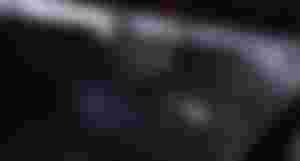
The Nephila clavipes himself seemed to be doing a little scientific experiment. Their first trajectory was confusing and three-dimensional because the spiders weren't used to gravity. However, after spending a few days in space, they adapted to a state of weightlessness and weaves a spider web to a constant normal.
Usually most of the paths rotate asymmetrical paths in one direction, but symmetrical paths are rotated under the micrograph.



